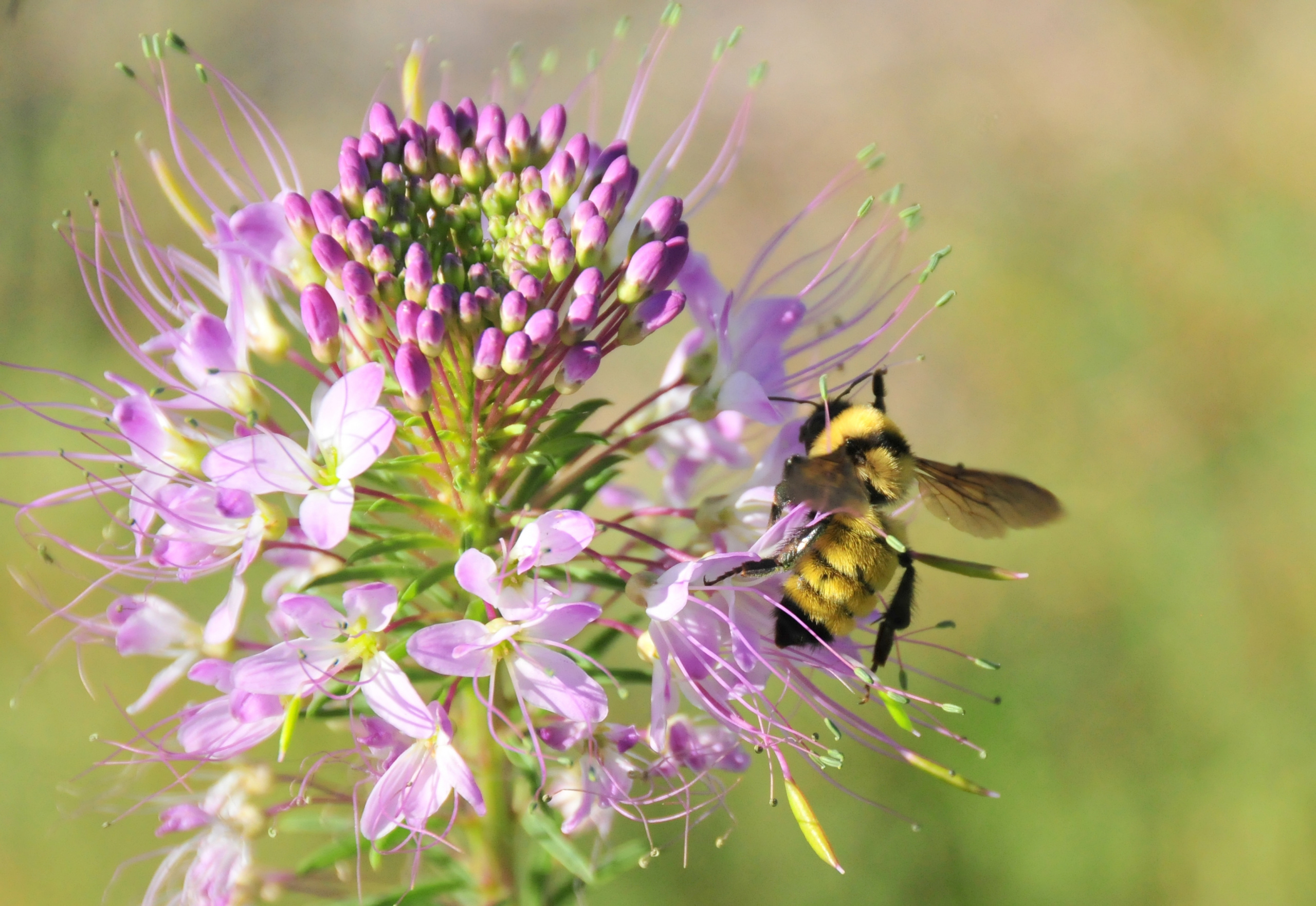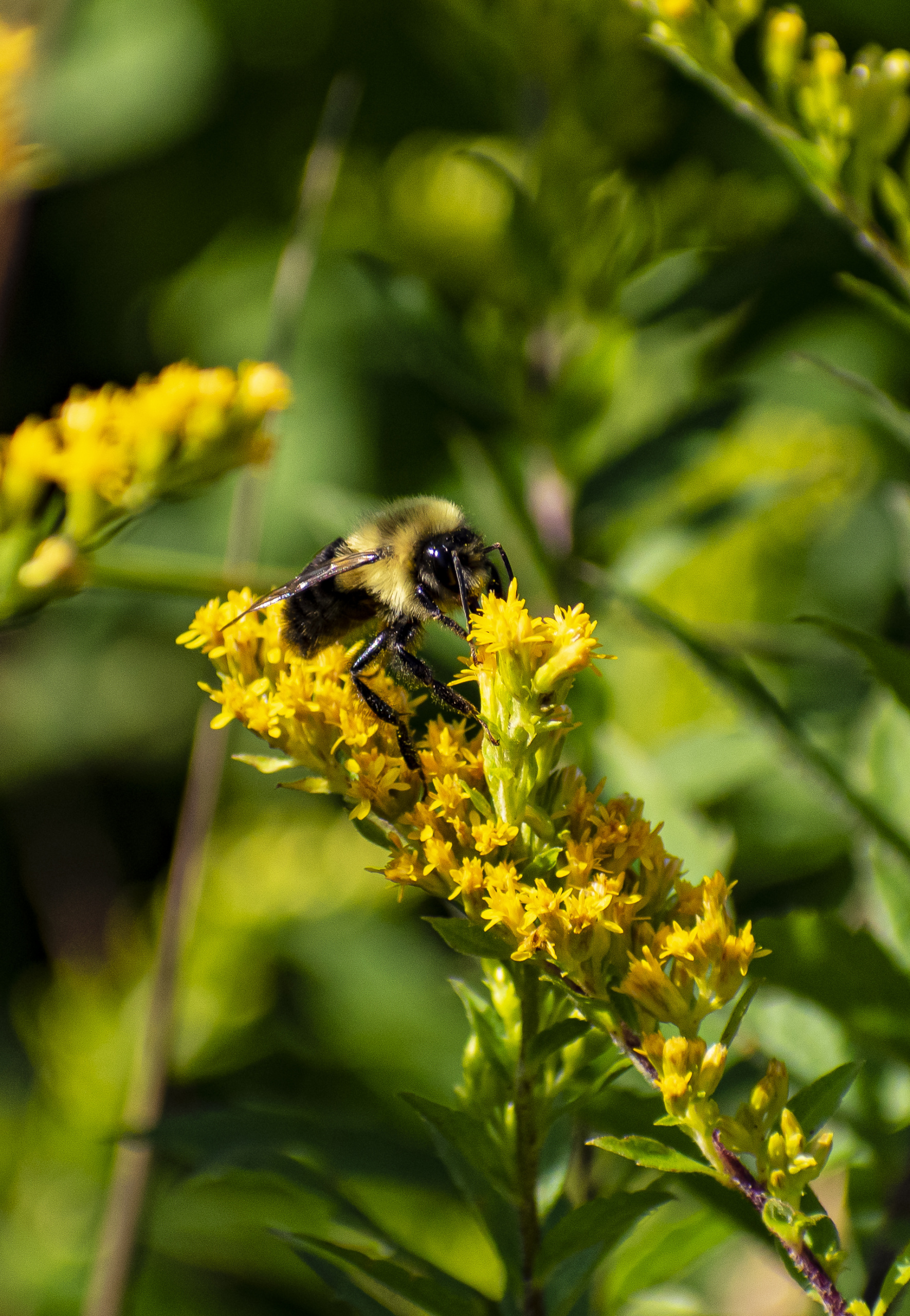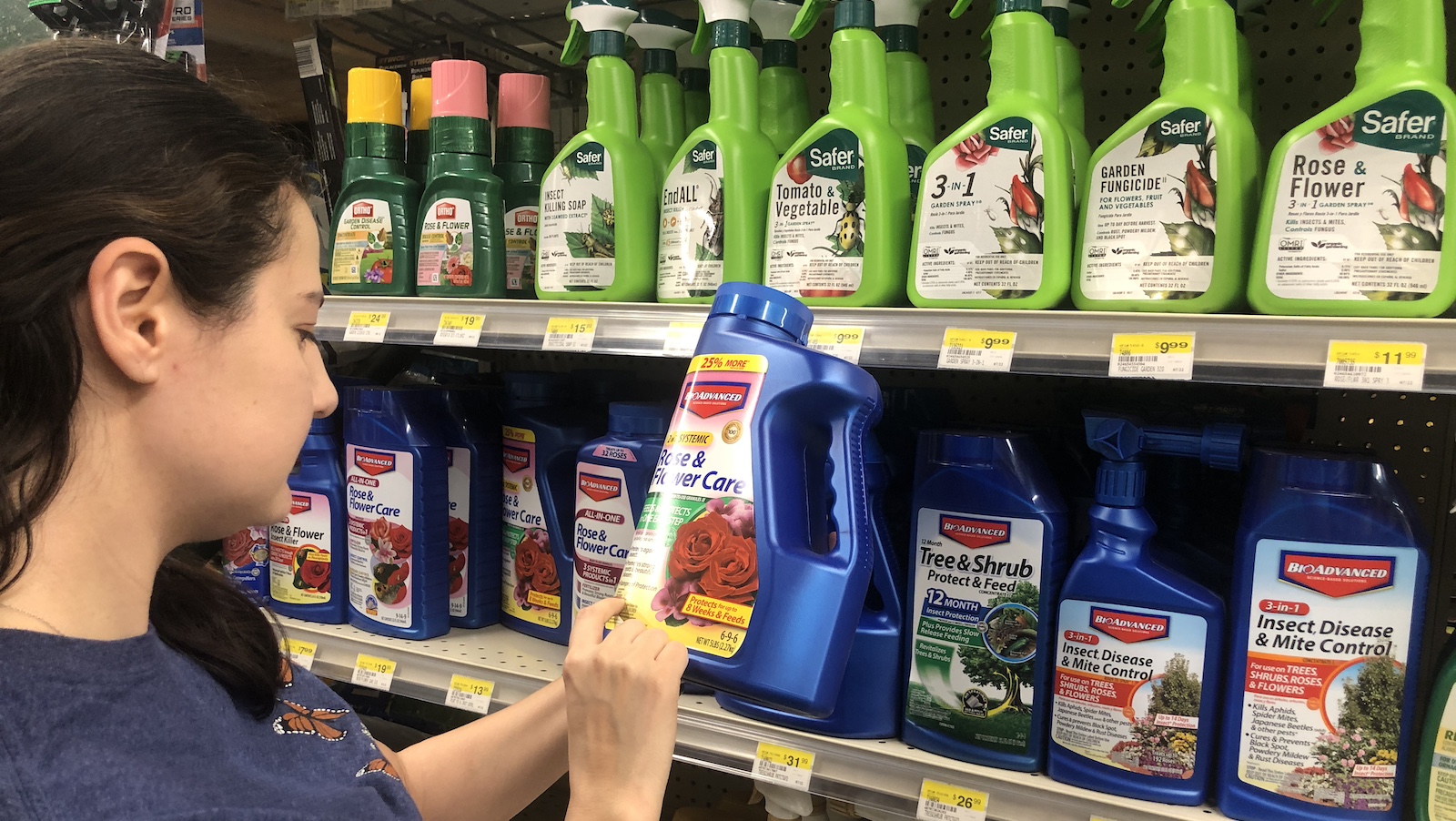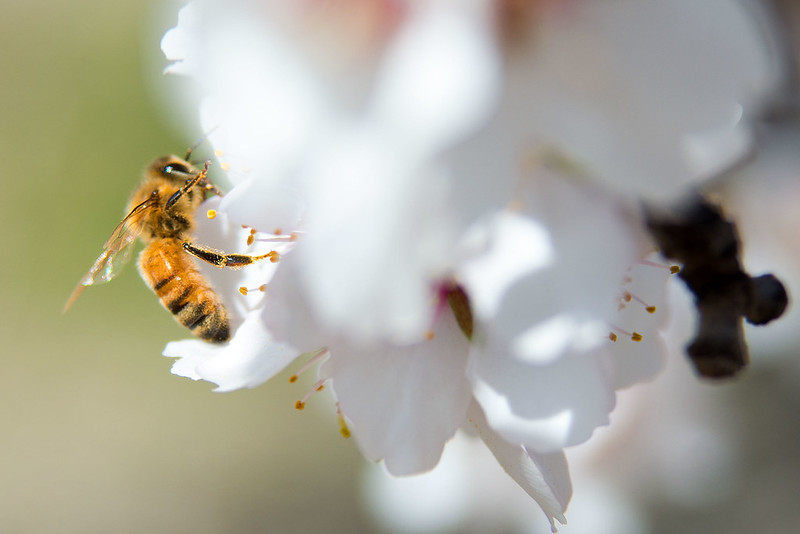
The buzz is growing louder: The state-by-state movement to save the bees
Roughly one in seven Americans lives in a state that has restricted the sale or use of bee-killing neonics

Spring blooms are a welcome invitation for bees, butterflies and other pollinators to greet the warmer weather and longer days ahead. We welcome their return to swipe nectar from, and exchange pollen between, newly blossomed flowers. But with this excitement comes trepidation because we just don’t know how many bees we will see in this or future seasons. Some pollinator numbers depend on such factors as temperature and habitat availability, but they also depend on another troubling element: the use of pesticides.
One group of pesticides known as neonicotinoids, or neonics, is a particularly deadly threat to bees and other pollinators.
Among urban and suburban bee populations, there is a great abundance and large diversity of species, in large part because these populous places often have plentiful flowering plants. But, when neonics are applied to backyard rose bushes and putting greens, these supposed safe havens turn into hazards. In fact, general pesticide use per acre is 10 times greater in residential lawns than in agricultural fields.
This is so dangerous because neonics are detrimental to the development of baby bumblebee brains, make pollen and nectar collection trips more exhausting by depriving these insects of sleep. The pesticide also interferes with bees’ grooming to rid themselves of parasitic varroa mites, which slowly kill bees by feeding on bees’ blood and fat and infecting them with diseases.

But there is hope that we can reverse the use of neonics nationwide as states across the country are recognizing the dangers they pose. In January, New Jersey and New York became the sixth and seventh states to limit some of the worst uses of neonics. Those states join Maine and Massachusetts in curtailing neonics use for the sake of pollinator health in just the past 12 months. (The other states with laws on the books are Connecticut, Maryland, Vermont).
Later in 2022, Rhode Island became the 8th state to rein in neonics.
Now, roughly one in seven Americans lives in a state that has taken this action to save the bees. These states have acted for good reasons.
Neonics are as pervasive as they are persistent. Recent research shows that bees exposed to neonics have fewer offspring, and these populations remain reduced for generations.
In the environment itself, neonics were found in 58% of Northern California and 92% of Southern California urban waterway samples. Neonics that do not end up absorbed by plants make their way into soil and groundwater, where they can remain for years.
While these actions taken to curb their use is great news, not all these policies are the same. So it’s worth considering what they have in common, and what sets them apart.
Most of these new policies were enacted by legislatures, but not all. Each of the seven states first had legislation for neonics introduced. But in Massachusetts and New York, state regulatory agencies stepped in to take actions similar to what the legislature was considering, making the case for legislation as an important starting point for initiating this change.
One element that many of these policies rely on is a pesticide classification known as “restricted use.” As the name suggests, a pesticide with this designation is restricted for use only by those holding certification to buy and apply the pesticide. This is effectively a consumer ban, since those without a license, i.e. nearly all of us, are prohibited from using products under this designation. This is important because consumers may not realize that the plant care products they use contain toxins harmful to the very pollinators they are trying to attract.
Some states have adopted policies without the restricted-use designation. Maine’s law simply includes a prohibition on neonics used in outdoor residential landscapes. And Massachusetts’ proposed legislation, which did not pass but later prompted state agency action, would have ended the sale and use of neonics, except in certain cases.
Maine and New Jersey go a step further than other states. The laws in both states keep neonics out of the environment by prohibiting the use of neonics by certified applicators. This broadens the areas that are protected from unnecessary neonics in non-agricultural areas, such as in golf courses.
While momentum on this issue is building, other states should jump on the bandwagon. Legislation focused on limiting neonics has been introduced this year in California (AB 2146), Colorado (SB22-131) and Rhode Island (H7129). While Colorado’s effort died in committee and Rhode Island’s bill has been put on hold indefinitely, the potential to protect pollinators in these states doesn’t die with it. Many of these bills were introduced several times before ultimately being passed. California is poised to join the ranks of other states to limit neonics. After several unsuccessful bills on neonics in the state, the latest piece of legislation passed a key committee and continues to move through the state Assembly.
To keep bees, butterflies and more flying, more states should embrace this policy to limit the worst uses of neonics.
Top photo: Nevada bumblee in Seedskadee National Wildlife Refuge. USFWS / Tom Koerner. (CC BY 2.0)
Second photo: Bumble bee visiting goldenrod flowers in Acadia National Park, Maine. NPS / Jane Gamble.
Topics
Authors
Steve Blackledge
Senior Director, Conservation America Campaign, Environment America Research & Policy Center
Started on staff: 1991 B.A., Wartburg College Steve directs Environment America’s efforts to protect our public lands and waters and the species that depend on them. He led our successful campaign to win full and permanent funding for our nation’s best conservation and recreation program, the Land and Water Conservation Fund. He previously oversaw U.S. PIRG’s public health campaigns. Steve lives in Sacramento, California, with his family, where he enjoys biking and exploring Northern California.
Malia Libby
Former Save the Bees, Associate, Environment America Research & Policy Center
Find Out More

How to avoid bee-killing pesticides

Why monoculture farming practices harm bees

With green roofs, how tall is too tall to help bees?


